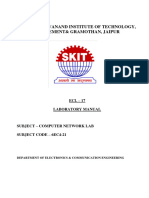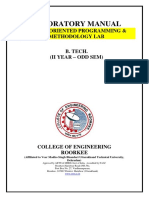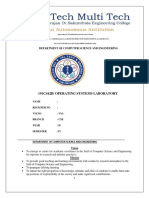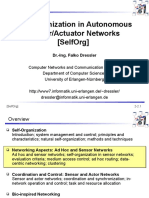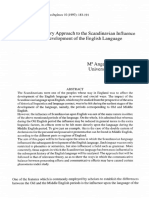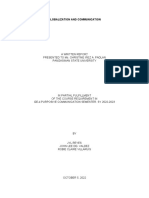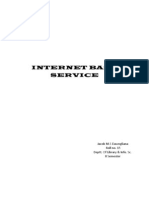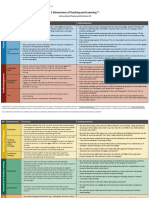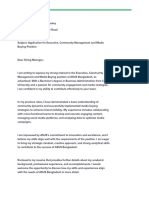0% found this document useful (0 votes)
5 views4 pagesOBE Lab-Cn
The document outlines the course plan for the Computer Networks Laboratory at Roever Engineering College, detailing objectives, experiments, course outcomes, and mapping of course outcomes to program outcomes. It includes a comprehensive list of experiments, both within and beyond the syllabus, as well as reference materials and assessment methods. The course aims to equip students with practical skills in networking, protocols, and programming using Java.
Uploaded by
Staff ECECopyright
© © All Rights Reserved
We take content rights seriously. If you suspect this is your content, claim it here.
Available Formats
Download as DOC, PDF, TXT or read online on Scribd
0% found this document useful (0 votes)
5 views4 pagesOBE Lab-Cn
The document outlines the course plan for the Computer Networks Laboratory at Roever Engineering College, detailing objectives, experiments, course outcomes, and mapping of course outcomes to program outcomes. It includes a comprehensive list of experiments, both within and beyond the syllabus, as well as reference materials and assessment methods. The course aims to equip students with practical skills in networking, protocols, and programming using Java.
Uploaded by
Staff ECECopyright
© © All Rights Reserved
We take content rights seriously. If you suspect this is your content, claim it here.
Available Formats
Download as DOC, PDF, TXT or read online on Scribd
/ 4









